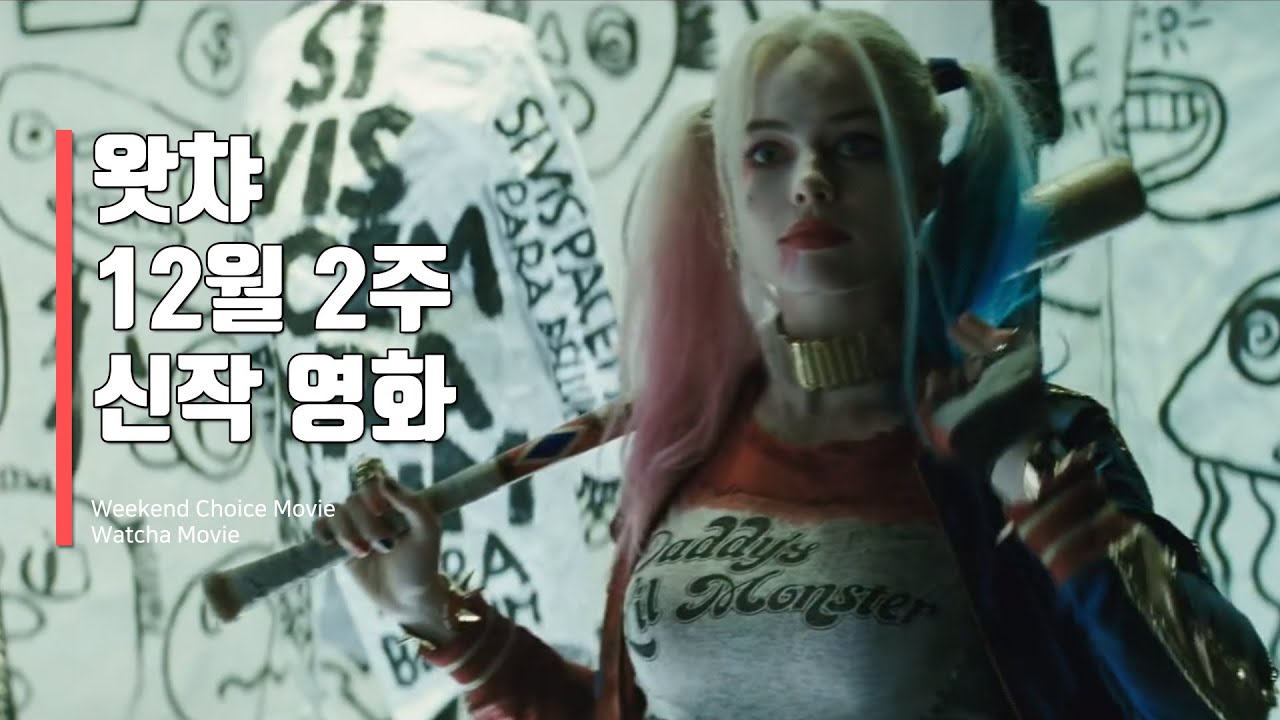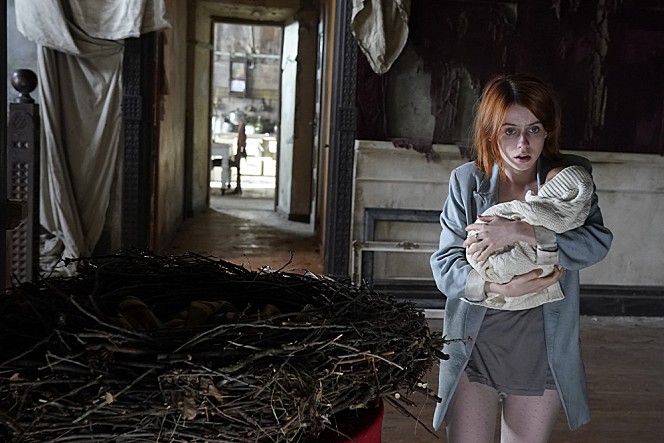캘채원2025-05-14 13:27:02
[JEONJU IFF 인터뷰] 영화에 녹아든 시선
<우리가 이야기하는 방식(The way we talk)> Adam Wong 감독님과의 인터뷰
*국문 인터뷰 하단에 영문 인터뷰 번역도 함께 준비되어 있습니다:)
There is also an English interview translation at the bottom of the Korean interview:)
▶Date: 5 /5
▶Interviewee : Adam Wong (A)
▶Editor/ Interviewer : 윤채원 chaewon Yoon (Y)
in 북눅 전주(Booknook Jeonju)
.jpg)
Y: 제일 처음 , <우리가 이야기하는 방법 (원제: The way we talk) > 이라는 제목만 보고 영화를 접했을 때는 ‘인물들이 이야기 하는 다양한 방식, 방법을 보여주는 이야기인가?’ 라고 생각했는데, 영화를 다 보고 나서 들었던 생각은 인물이 이야기하는 방식보다는 오히려 인물들이 자신의 가치랑 정체성을 찾아가는 것에 이야기가 집중하고 있는 것 같다는 느낌이 들더라고요. 혹시 감독님께서 이 작품을 통해 가장 보여주고 싶었던 것, 이야기 하고 싶었던 점은 어떤 것일까요?
A: 이 영화가 가지는 핵심 가치는 정체성에 대한 이야기예요. 사실 이 영화를 만들고 나서 생각해 봤더니 지금까지 저의 모든 영화들은 항상 같은 이야기를 하고 있었던 것 같더라구요. 그렇지만, 특히나 이번 영화는 굉장히 사전 조사도 많이 했고, 실제 사례들에 많은 기반을 두었고, 우리 사회에서 아직까지 잘 드러나지 않는 이야기들을 할 수 있는 좋은 기회라고 생각했어요. 아까 주제로 소통하는 방식에 대해 언급 해주셨는데, 소통도 메인이라고 할 수 있는 게, 사실 진정한 나 자신을 찾기 위해서는 ‘어떻게 소통을 하는가?’가 중요하기 때문이죠. 우리가 진정한 자신을 찾기 위해서는, 다른 이들과 얼마나 다르고, 또 비슷한지 알아야 하고, 그것은 소통을 통해 이루어지기 때문이에요.
영화 속 세 등장인물은 모두 소통 방식이 다릅니다. 한 명은 수어만을 사용하고(Wolf), 한 명은 인공 와우와 수어를 함께 사용하고(Alan), 한 명은 인공와우(CI)를 사용하여 수어를 사용하지 못합니다(Sophie). 저는 이들을 통해 '인공 와우를 착용했을 경우 더 잘 말할 수 있다' 이런 것들에 집중 했다기보다는 그들의 정체성이 가진 가치에 집중하고 싶었어요. 왜 그는 수화를 지금까지 계속해 왔는지, 인공 와우를 왜 거부하는 지에 집중했던 거죠. 울프는 태어날 때부터 소리를 듣지 못했고, 가족들도 모두 수화를 사용하기에 어릴 적부터 그 언어에 익숙했던 반면, 소피는 후천적으로 청력을 잃게 된 케이스에다가 부모님은 모두 들을 수 있는 청인이잖아요. 그러니 그녀의 부모님은 아이가 아프다고 생각하고 이전과 같은 상태로 돌아가도록 치료 되길 바라는 거죠. 수어를 배우는 대신 인공 와우 이식 수술을 받고요, 그러나 인공 와우의 문제는 안경처럼 맞춘다고 해서 모든 사람에게 좋게 작용하는 것이 아니라, 일부 사람들에게는 실패 가능성이 되게 높아요. 인공 와우를 착용한다고 해도 근거리에서 들리는 소리와 원거리에서 들리는 소리를 잘 구분하지 못하고, 사회생활에 적응이 어려울 수도 있죠. 앨런의 경우에는 수화와 말이 모두 가능하잖아요, 그는 수화를 사용하는 사람들과 말을 사용하는 사람들을 연결하는 역할을 하는데 ,사람들이 흔히 청각 장애인이라고 하면 수화만 한다고 생각을 하죠. 그렇지만 사실 스펙트럼이 되게 광범위하고, 상황에 따라 서로 다른 선택을 하기도 하고, 어떨 때는 그들이 가진 생각들이 서로 대치하기도 해요. 이것과 관련해 그들이 진정한 자신을 찾기 위해 어떤 탐구를 하는지, 그리고 어떻게 사회와 같이 협력하는지 이야기하고 싶었습니다.
Y: 방금 이야기해주셨던 것처럼 <우리가 이야기하는 방법>에서도 그렇고, 이전 작품들에서도 계속해서 감독님께서는 청춘이나 정체성에 관련된 이야기들을 다루셨는데, 그런 주제들에 관심을 갖고 영화를 만들게 된 계기가 있으신가요?
A: 사실 뭐라 딱 떨어지게 설명을 할 순 없지만, 주제가 먼저 저에게 다가오고 그다음 그로부터 어떤 동기 부여가 되는 순간이 딱 찾아오는 것 같아요. 예를 들어, 10년 전에 제가 <댄스 스트리트 The way we dance >를 만들기 시작했을 땐, 제가 가르치던 학교 앞에 있는 편의점 앞에서 사람들이 춤을 추고 있는 모습을 보고 ‘왜 춤을 추지?’라는 생각에 시작했거든요. 그런데 최근에는 진정한 나를 찾는(True self) 것이 저에게 너무 중요한 문제가 된 것 같아요. 저, 그리고 홍콩에서 뿐만 아니라 우리 세계에서 진정한 나는 누구인가?를 찾는 것이 동시대적으로 고민해야 하는 가치라는 생각이 들었습니다.
이 영화의 경우, 5년 전 우연히 한 단편 영화 대본을 받았는데, 그 중, 물에서 수어를 하는 장면이 있었어요. 그전까지는 제가 청인이다 보니 말하지 못하는 것은 불리한 것이겠다고 생각했었는데, 그 장면을 통해 사람들이 물 안에서 말을 사용하지 않고, 오히려 수화로 물속에서 훨씬 더 자유자재로 소통을 잘하는 것을 보고는 생각이 바뀌었죠. 그 영화는 아직 실제로 만들어지지 않았지만, 그 한 장면이 저를 사로잡았어요. 우리는 흔히 그들을 청각 장애인이라고 하지만, 사실 이것은 장애가 아니라 그들만의 문화인 거예요. 그래서 deaf가 아닌 대문자 D를 사용해 Deaf (고유명사)로서 그들의 정체성을 보여주고 싶었어요. 어느 날 친구, 그리고 농인분들과 같이 저녁을 먹을 기회가 있었는데, 그 식사 시간에 농인 친구들에게 만약에 나중에 기술이 엄청 발달해서 하루 만에 들을 수 있게 된다고 한다면 어떤 선택을 할 것이냐에 관해 물어본 적이 있었어요. 그런데 그들이 지금 그대로 사는 걸 선택하겠다고 하는 거예요. 이미 그들의 문화가 형성되어 있는 거죠. 그때 뭔가 허를 찔린 기분이었고, 마침 그 자리에 프로듀서가 함께 있었는데 이걸 장편 영화로 만들어 봐야겠다고 함께 이야기하게 되었어요.
Y: 영화 속 인물의 대화나, 아이가 그리는 그림, 앨런이 찍은 사진 등 문어가 많이 등장했던 것이 인상 깊었는데, 혹시 특별히 문어를 언급하신 이유가 있는지, 혹시 문어의 움직임이 수화와 관련이 있어서는 아닌지 궁금했었어요. 저는 보면서 문어의 자유로운 움직임과 표정도 다양하게 사용하고 손 마디마디 유연하게 활용하는 수어가 유사하다고 느껴졌거든요.
A: 문어가 영화를 봤을 때 인상 깊게 다가왔나요?
Y: 네. 사실은 며칠 전에 한 영상에서 문어는 뉴런이 다리에도 있어서 다리 8개를 다 각각 독립적으로 유연하게 움직인다는 사실을 알게 되었는데요, 그래서 인지 그런 문어의 자유로운 움직임이 표정부터 손 마디까지 자유자재로 활용하는 수화랑 유사하다는 생각이 들어서 인상 깊게 다가오더라고요.
A: 흥미로운데요. 사실 특별한 뜻이 있던 건 아니에요. 기타노 다케시의 영화를 비롯한 농인에 대한 많은 영화들에서 바다도 많이 등장하는데, 바다 또한 저는 의도한 건 아니었거든요. 그림을 그리는 장면 같은 경우엔, 소피가 아이들에게 바다를 주제로 자유롭게 그림을 그리도록 한 것이었는데 제가 생각하기에는 문어가 해양 생물 중 그리기 가장 단순한 느낌이 아니었나 싶어요 (웃음).
Y: 그렇군요(웃음) 아, 아까 영화 속에 세 가지 서로 다른 소통 방식이 등장한다고 말씀해주셨는데, 영화의 도입부터 사운드 디자인이 다양하게 구성됐다는 것이 느껴졌어요. 혹시 이것도 관객이 그들의 소통을 경험해보길 원했던 마음에서 기획하신 걸까요?
A: 맞아요.그냥 글로써 읽었을 때는 인물의 심리가 이해가 잘되었는데, 영화로 만들고, 혹은 대본으로 쓰고 사람들에게 보여주면 사람들이 인물들을 이해하기 어려워 하더라고요. 이 기계가 왜 필요한 건지, 소피의 말에 울프가 왜 이렇게 화를 내는지. 글을 총 4명이 함께 썼는데, 우리가 쓰면서 자연스럽게 이해가 되었던 것들이 막상 대본화가 되니까 관객들이 이해하기 어려운 것이더라고요.
자신만의 개성이나 성격을 구축하는 데 영향을 미치는 건 어렸을 때부터 자라온 성장의 경험이에요. 예를 들면 처음부터 듣지 못했다던가, 아주 조금만 들렸다거나, 그러한 경험들인데, 이런 것이 단순히 이미지나 글만으로는 설명이 부족하니까 사운드 디자인에 신경을 써서 관객이 그들과 유사한 히어링 포인트를 포착하고 경험할 수 있었으면 좋겠다고 생각했어요.
Y: 사운드 디자인에 굉장히 신경을 많이 썼다고 해주셨는데, 사운드 디자인 외에도 이 영화를 연출하며 특별히 더 신경을 많이 쓰신 부분이 있으실까요? 물론 영화의 모든 부분은 중요하지만요. (웃음)
A: 농인의 문화가 어떤 다양한 측면에 침투해있는지 보여주는 것에 신경을 많이 썼던 것 같아요. 대본 구성부터 후반 작업, 촬영 등 모든 과정에서 이 Deaf 문화를 어떻게 투영할 것인가, 청인과 농인을 가리지 않고 영화를 봤을 때 모두가 이해할 수 있게 하려면 어떻게 자막 작업을 해야 할까 하는 지점들에 신경을 많이 썼어요. 그 중에서도 영화 작업을 위해 조사를 하다 보니 발견한 건데, 인공 와우를 사용해도 무조건 잘 들리는 건 아니고, 그것이 기능을 제대로 하지 못할 때의 문제도 많더라고요. 조사를 하며 그런 점들을 깨닫게 되고, 보여주고 싶다는 마음에 사운드 디자인에 더욱 신경을 쓰게 되었던 것 같아요.
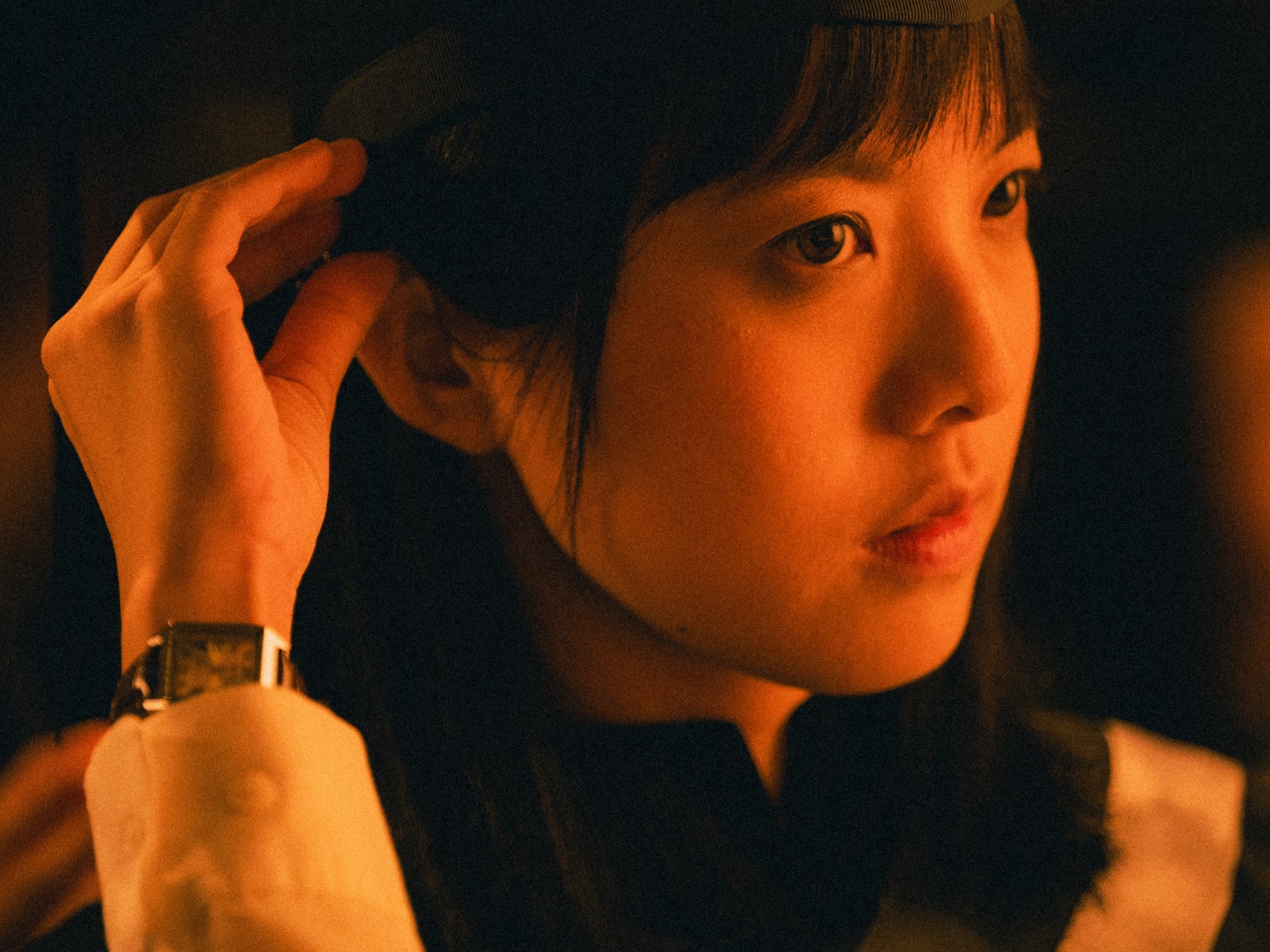
Y: 이야기를 하다 보니 어느덧 벌써 마무리해야 할 시간이 되었네요.. 슬슬 마무리를 해야할 것 같은데 동시대 사회에서 감독님이 생각하시는 영화의 역할은 어떤 것일지 궁금합니다.
A: 너무 거대한 질문인걸요 (웃음) 음...사람들에게는 스토리가 필요하고, 특히 요즘 같이 복잡한 사회 속에서 인생의 의미를 더 잘 알기 위해서는 사람들에게 스토리의 중요성이 이전보다 더 강해졌다고 생각해요. 세상은 우리가 예상했던 것보다 훨씬 더 복잡해졌고, 많은 문제들이 발생하고, 그 사이에서 우리는 우리가 왜 살아야 하는지, 왜 살아가야 되는지 의미를 찾아야 하고, 그러한 의미들이 더욱 많아야 한다고 생각하거든요. 그런 의미에서 영화는 가장 강력한 방식으로 우리에게 스토리텔링을 해주고 있다고 생각합니다. 최근엔 극장 말고도 숏폼이나 틱톡, 유튜브와 같이 영상을 볼 수 있는 플랫폼이 많아졌어요. 비록 이렇게 영화를, 스토리를 보여주는 방식은 많이 바뀌었지만 영화가 가진 스토리텔링의 힘은 바뀌지 않았다고 생각해요. 예전엔 주말에 가족끼리 영화를 많이 보러 갔었는데 요즘은 극장을 찾는 사람이 많이 줄었잖아요, 그런 측면에서는 한편으로는 극장에 가서 영화를 보는 것이 이전보다 더 특별한 의미가 생긴 것 같다는 생각이 들어요.
Y: 공감이 가는 것 같아요. 그렇다면 마지막으로, 다음 작품에서 그리고 싶은 인물이 있으신가요?
A: 아직 다음 계획은 없지만, 이 영화를 준비하며 오랜 시간 농인 문화에 대해 조사를 했고, 또 그 과정에서 영감을 많이 받아서 다음 작품에서도 이 주제를 조금 더 이어가 보고 싶긴 해요. 한번만 촬영하기엔 자료들이 너무 아깝고 영화를 준비하며 농인에 대한 관심이나 영감이 더욱 많아져서 지속적으로 이어가고 싶다는 생각이 들더라고요. 다만 이번에는 수어 자체 뿐 아니라 수어 통역사에 대해서 조금 더 집중을 해보고 싶은데, 이번 영화보다는 조금 더 빠른 속도로 작업을 해보고 싶은 생각입니다. (웃음)
Deaf culture은 한 가지로 특정할 수 없는 다양한 측면을 가지고 있기 때문에 그것을 단순히 말로 분명히 표현하기엔 어려움이 있다. 그래서일까, Gv와 인터뷰를 통해 만난 그는 주어진 시간 내 말로 다 표현할 수 없는 풍부한 이야기를 모두 표현하거나 설명할 수 없는 짧은 시간에 아쉬워하는 사람이었고, 그러한 모습은 그가 누구보다 이 이야기에 애정과 관심을 가진 사람이란 걸 느끼게 해주었다.
그가 영화를 설명할 때 항상 사용하는 단어 중 하나는 ‘스펙트럼’ 이다. 우리의 고정관념과 달리 농인의 세계와 인생에도 우리가 생각하지 못한 여러 가지 측면과 다양한 생활 방식이 존재하고, 그는 이런 다양한 스펙트럼을 가진 인물들을 영화에 담음으로써 단순히 그들의 일상을 보여주는 것을 넘어 '어떻게 하면 우리가 이 세상과 협력을 해 나갈 수 있을지', '어떻게 하면 진정한 자신을 찾을 수 있을지', '자신의 개성과 정체성을 유지하면서 어떻게 세상과 소통할 수 있을 지' 보여준다.
그는 5/7일 열린 GV에서 울프와 소피, 앨런의 아역을 맡았던 배우를 제외하고는 전부 농인 배우였으며 ,수어 담당 조감독과 함께 작업했고, 영화를 만들기 위해 약 5년 간 그들의 문화에 대해 공부했다고 말했다. 영화 속 등장인물이 그토록 자유롭게 소통할 수 있었던 것은, 그들의 따뜻한 마음이 우리에게 와 닿았던 것은, 어쩌면 농인, 그리고 사회를 향한 감독님의 세심하고 따뜻한 시선과 소통방식 덕분이 아니었을까?
이야기하고자 하는 바에 대해 애정을 가득 품은 그와의 대화를 통해, 그리고 영화 <우리가 이야기하는 방법>을 통해 나는 작은 일상의 가치들과 우리를 둘러싼 세상을 돌아보며 나는 어떠한 따뜻한 시선과 방식으로 우리 사회를 바라보고 느낄 수 있을 지, 나는 어떤 존재로 타인과 소통하고 이 사회 속에서 존재하고 있는지 고민해보게 되었다.
…
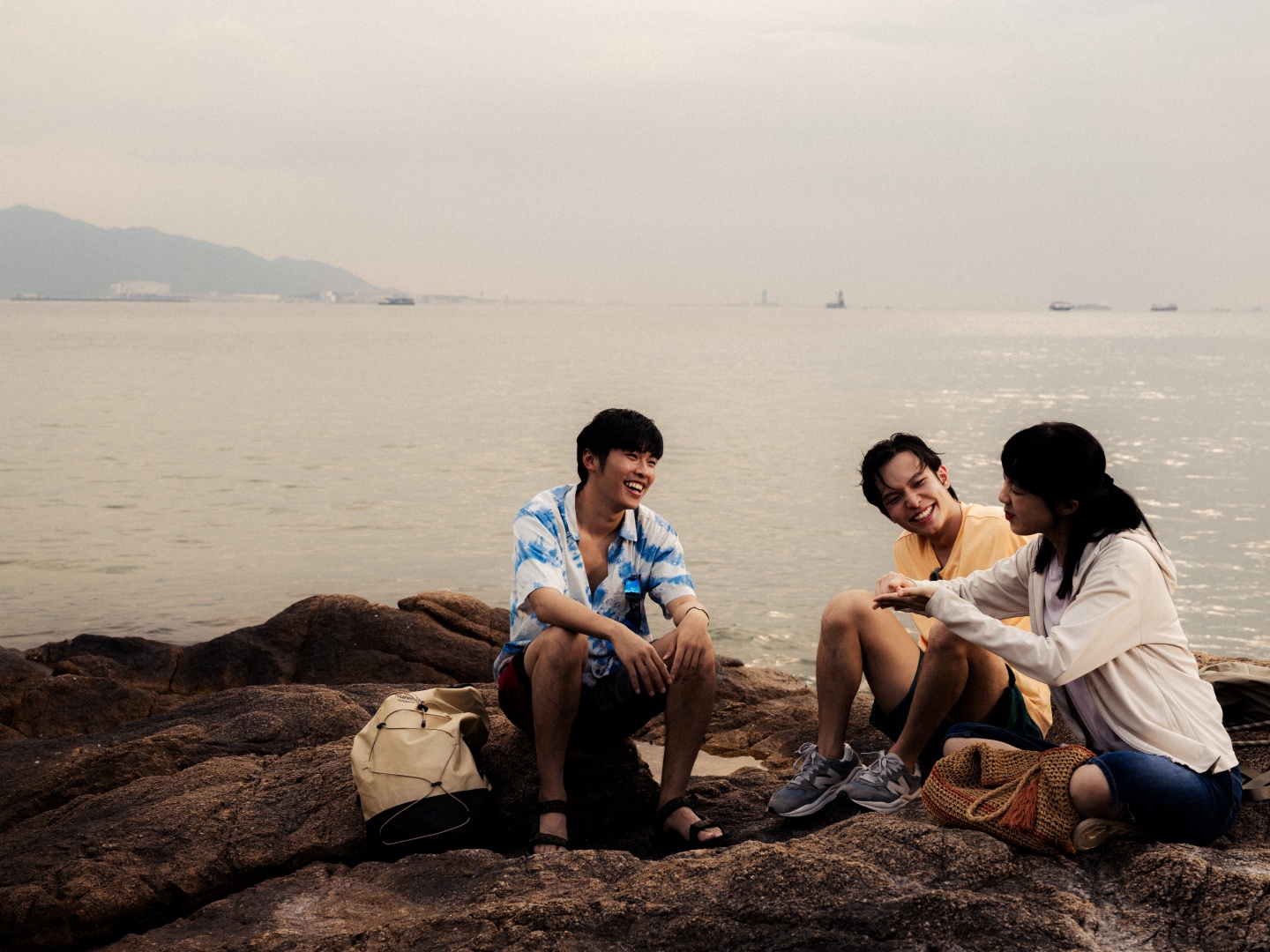
Y: The first thing I’d like to ask is about the title, The Way We Talk. When I first watched the film, I thought it might be about different ways of communication. But after watching it, I felt that it was more focused on how the characters explore their own identities and values. What did you want to convey through this film?
A: The central theme of this film is identity, the searching of true self After making the film, I realized that all of my past works have always been about the same topic. But this time, the film (The Way We Talk) is based it on real-life cases, and I thought it’s a good chance to me to talk about this topic that are still rarely shown in our society.
And I think communication can also be seen as a main theme because communication is very important to construct true-self, and I think true self be defined by “others’. To understand who we truly are, we need to research how we are different and similar to others—and that happens through communication.
The three main characters in the film all communicate differently. One uses only sign language to communicate other people(Wolf), another uses both sign language and a cochlear implant (CI) (Alan) , and the third uses a CI and doesn’t sign at all(Sophie). I wasn’t focused on whether someone with a CI could speak better—I wanted to highlight the value of identity. For instance, why did one character continue using sign language? Why did they refuse a CI?
Wolf was born deaf and his whole family uses sign language, so he grew up with it as his first language. Sophie, on the other hand, lost her hearing later, and her parents are hearing people. So they viewed her as “sick” and wanted her to be “restored” to her original state. That’s why she had cochlear implant surgery instead of learning sign language. But 'CI' doesn’t work the same way for everyone. They’re not like glasses that simply correct a problem—they often don’t work, or make it hard to distinguish between near and far sounds, making social adaptation difficult. Many people assume that deaf people only sign, but in reality, they have a wide spectrum. People make different choices depending on the situation, and their perspectives can even conflict with one another. I wanted to show how these characters explore their identity, and how they collaborate and communicate with society.
Y: This film, and your previous works have often deal with 'youth' and 'identity'. Did you have any special reason that you to tell these stories?
A: It’s hard to explain in a very structured way, but I think, always the topic comes to me first—and then later, some story that inspired me to develop the story. I have a moment of motivation that sparks everything. For example, when I made <The Way We Dance> ten years ago, it started with me watching some people dancing in front of a convenience store near the school where I was teaching. I thought, “Why are they dancing?” and that was the beginning.
More recently, finding one's true self has become very important. I think It’s not just about me or Hong Kong, but about the whole world. I feel that discovering our true selves is a value that we all need to reflect on today. As for this film, it started about five years ago when I happened to read a short film script. There was a scene where someone was signing underwater. As I'm a hearing person, I used to think of being unable to speak as a disadvantage, but that scene changed my perspective. Underwater, people can’t talk—but signers can still communicate freely. That struck me. That film hasn’t been made yet, but that scene stayed with me. We often refer to them as “hearing-impaired,” but it’s not really a disability—it’s a culture. That’s why I want to use a capital “D” in 'Deaf' to highlight their identity. One night, I had dinner with some Deaf friends, and I asked them: “If technology advanced and you could hear again in just one day, would you choose that?” They said no—they’d rather live as they are. That moment really struck me. My producer was there too, and we decided to make a feature film on this topic.
Y: I was really struck by how often octopuses appeared in the film—whether in the characters’ conversations, in the child’s drawings, or in the photos Alan took. I was wondering if there was a particular reason you chose to include octopuses. Was it perhaps related to sign language? While watching, I felt that the octopus’s fluid movements and expressive nature were quite similar to sign language, which also uses a wide range of expressions and the flexible movement of each finger.
A: Oh, the octopus made a strong impression on you?
Y: Yes. I recently learned that octopuses have neurons in their legs, so each arm moves independently and flexibly. And when I watched a movie, I thought moving of octopus looks like sign language, in freedom and flexibility. Especially, I thought it is similar with flexible finger moments and using facial experiences of sign language.
A: Interesting.. But actually, I didn’t include them with that intention. In the scene where Sophie teaches children, she asks them to draw the sea freely. I think the octopus is just the simplest marine creature to draw. (laughs) Also, many films about Deaf people—like those by Takeshi Kitano—often feature the sea, but actually, I'm not that intention and that's not my inspired. I was inspired this film by that earlier short film script, the one scene in that script, I felt that the ocean was a space where Deaf identities were fully expressed, a place where only they could communicate freely.
Y: I see (laughs). Earlier, you mentioned that the film features three different communication styles, and from the very beginning of the movie, I could feel that the sound design was quite diverse. Did you plan this with the intention of allowing the audience to experience their ways of communication?
A: Yes, exactly. When we wrote the script, everything made sense to us, but when we turned it into a screenplay and showed it to others, they had a hard time understanding, for example, Sophie needed the device or why Wolf was so angry at her. Four of us co-wrote the script, and what felt natural to us didn’t always translate well on screen.
We realized that each character’s upbringing—whether they were born deaf or lost their hearing later—shaped their personalities and ways of interacting. But I think just writing or showing that isn’t enough. So I paid attention to the sound design—to help the audience experience what hearing might be like for each character and to better understand them.
Y: Aside from sound design, what aspect of the film did you pay the attention to?
A: I focused on showing how Deaf culture permeates many aspects of life. From scriptwriting to post-production and shooting, I constantly thought about how to reflect Deaf culture and make it understandable to both hearing and Deaf audiences. Subtitling also was important. During our research, I learned that even with 'CI's, hearing is not guaranteed. There are many issues when the device doesn’t work properly, So that's why I put so much effort into the sound design—to show these realities clearly.

Y: As our conversation comes to a close, time has flown by so quickly. Before we wrap up, I’d love to ask—what do you think is the role of cinema in today’s society?
A: That’s a huge question! (laughs)
Umm.. I think people need stories—especially now, when the world feels more complex and unpredictable. There are more problems, more confusion. So people need meaning in their lives, and stories help with that. Cinema is one of the most powerful ways to tell those stories. Fewer people go to the theater these days. We now have short-form videos, TikTok, YouTube. Though the platforms have changed, I don’t think the storytelling power of cinema has diminished. And nowdays, watching a film in the theater has decreased, so watching a film in a theater become more special than before—maybe even more meaningful.
Y: Oh..Time's up. Last, do you have any specific characters you’d like to explore in your next film?
A: I don’t have any set plans yet, but after all the research I’ve done on Deaf culture, I feel like I want to continue exploring this topic. It feels like a waste to stop now—I’ve gained so many insights into the Deaf community. But this time, I’m interested in focusing more on sign language interpreters. And I also want to work at a slightly faster pace than with this film.
Deaf culture has various aspects that cannot be defined in one word, so it is difficult to express it clearly in words. Perhaps that is why, when I met him through an interview with GV, he was someone who regretted not being able to express or explain all the rich stories that could not be expressed in words in a given time, and this made me feel that he is a person who has more affection and interest in this story than anyone else.
One of the words he always uses when describing movies is ‘spectrum.’ Contrary to our stereotypes, there are many aspects and lifestyles that we have not thought of in the world and life of deaf people, and by including characters with such a diverse spectrum in the movie, he goes beyond simply showing their daily lives and shows us ‘how we can cooperate with this world,’ ‘how we can find our true selves,’ and ‘how we can communicate with the world while maintaining our individuality and identity.’
He said that, except for the actors who played the younger roles of Wolf, Sophie, and Alan at the GV held on May 7, all of them were deaf actors, and he worked with an assistant director, who in charge of sign language and studied their culture for about 5 years to make the film. The reason the characters in the film were able to communicate so freely, and their warm hearts touched us, was perhaps because of the director’s meticulous and warm gaze and communication style toward the deaf and society?
Thanks to Adam, through conversations with him, who was full of affection for what he wanted to say, and through the film <The Way We Talk>, I looked back on the values of small daily lives and the world around us, and thought about what kind of warm gaze and method I could use to look at and feel our society, and what kind of being I am to communicate with others and exist in this society.










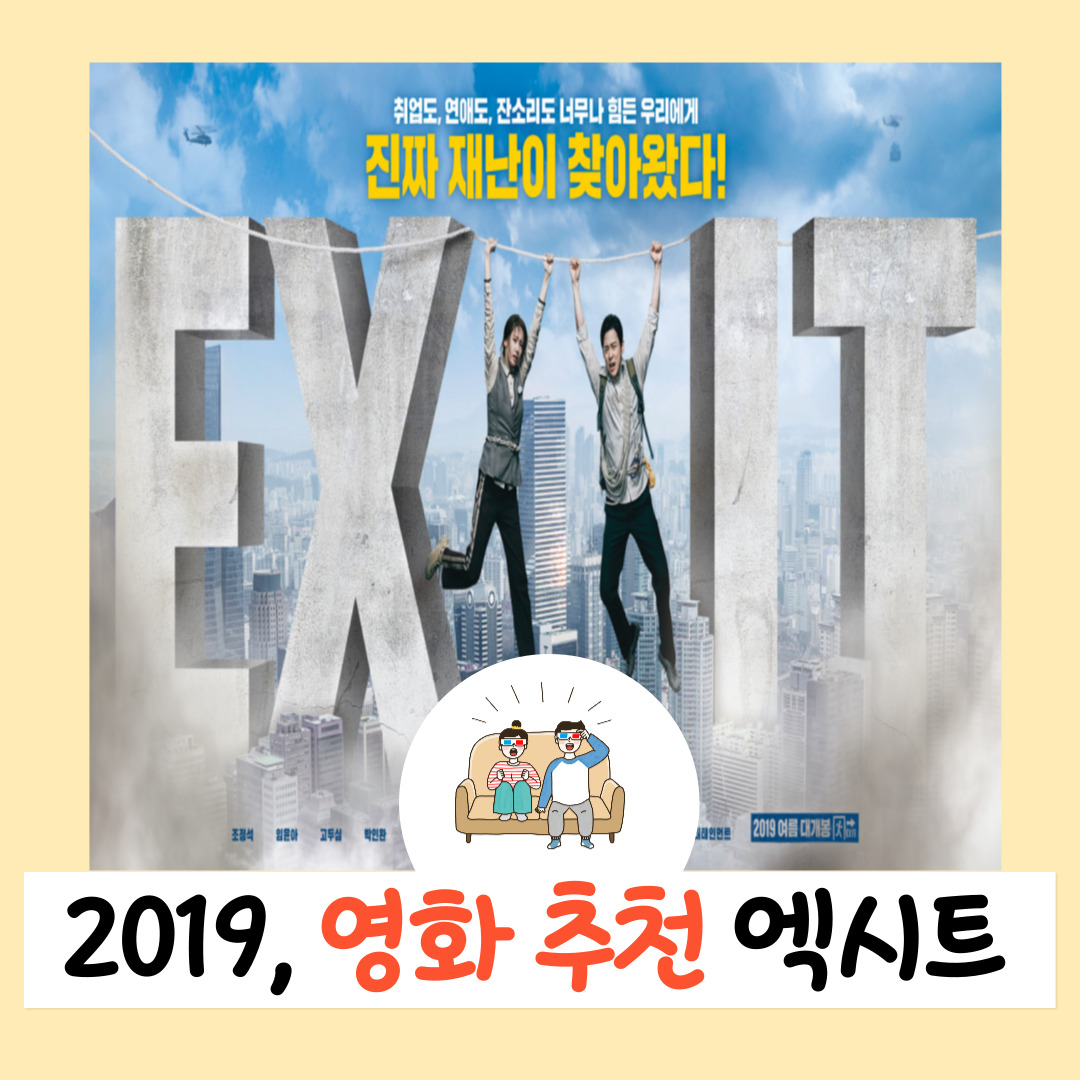
.jpg)
.jpg)
.jpg)
.jpg)
.jpg)
.jpg)
.jpg)
.jpg)
.jpg)
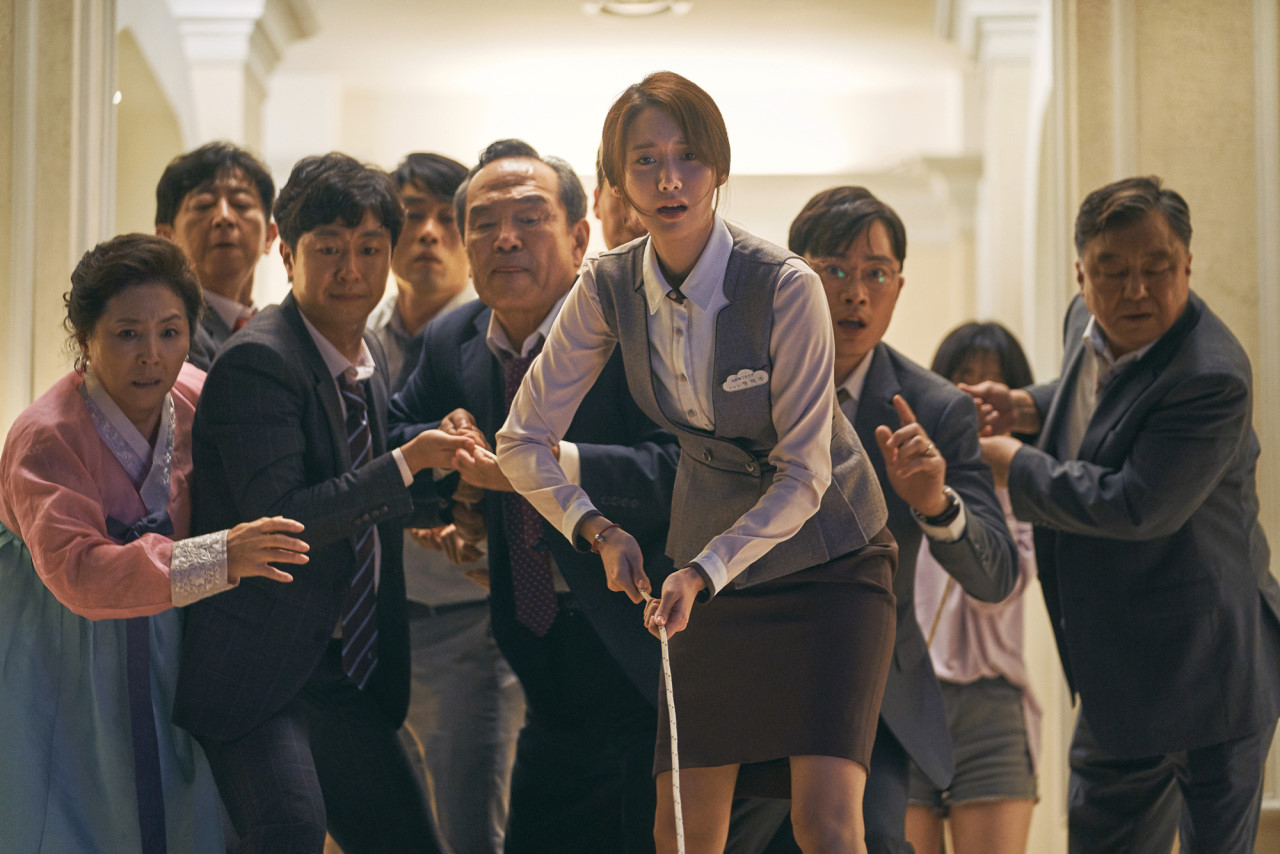
.jpg)
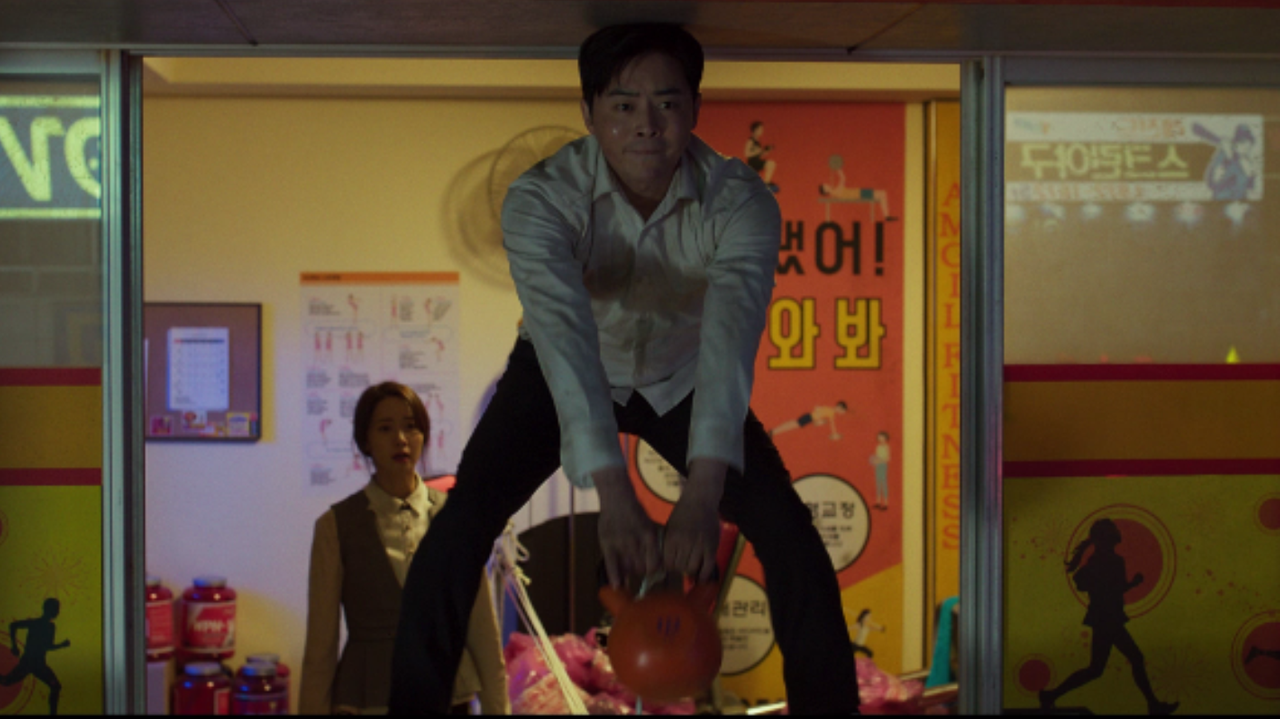
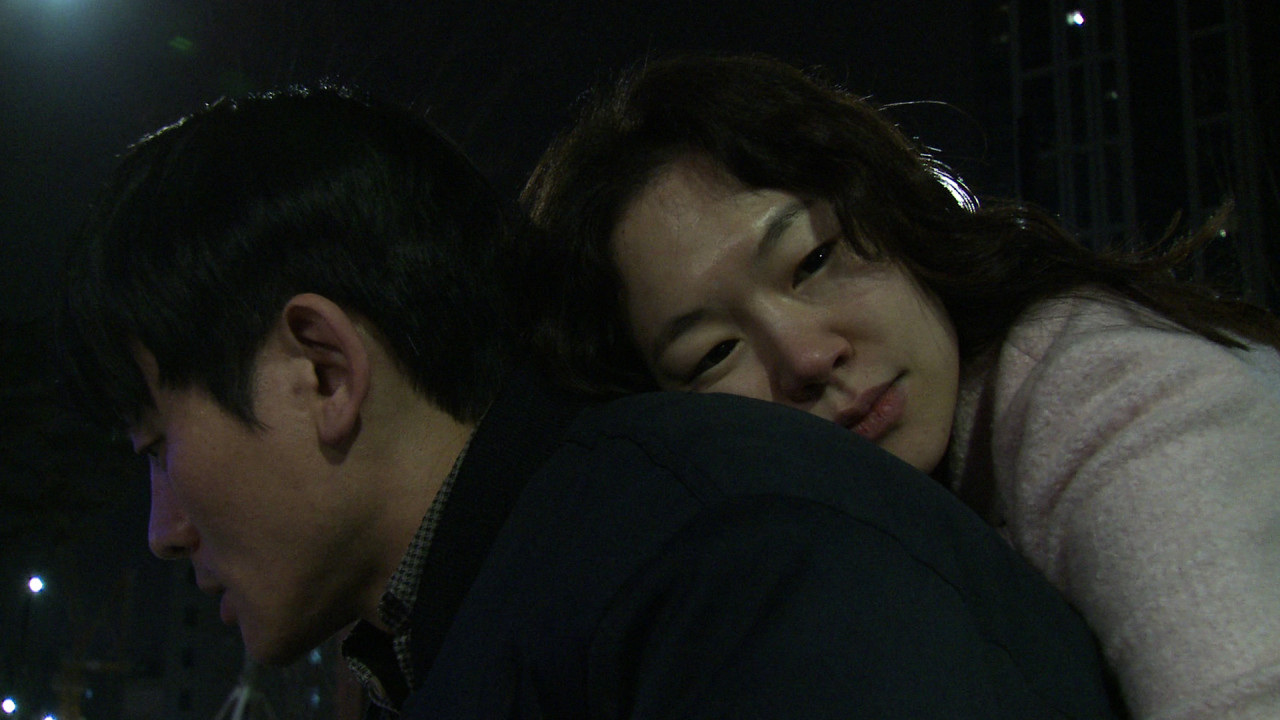

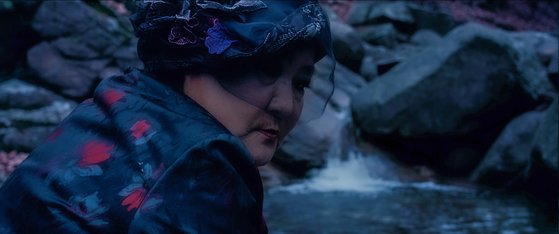





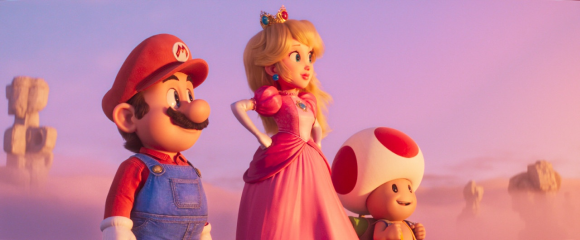
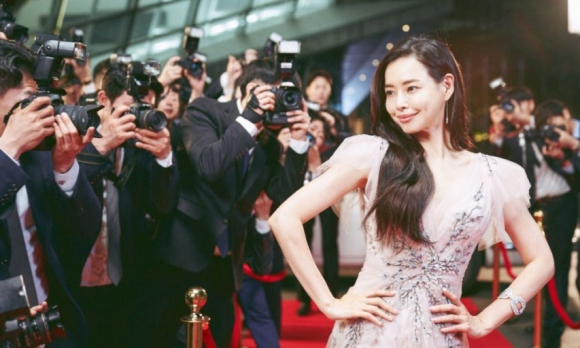
.jpg)
